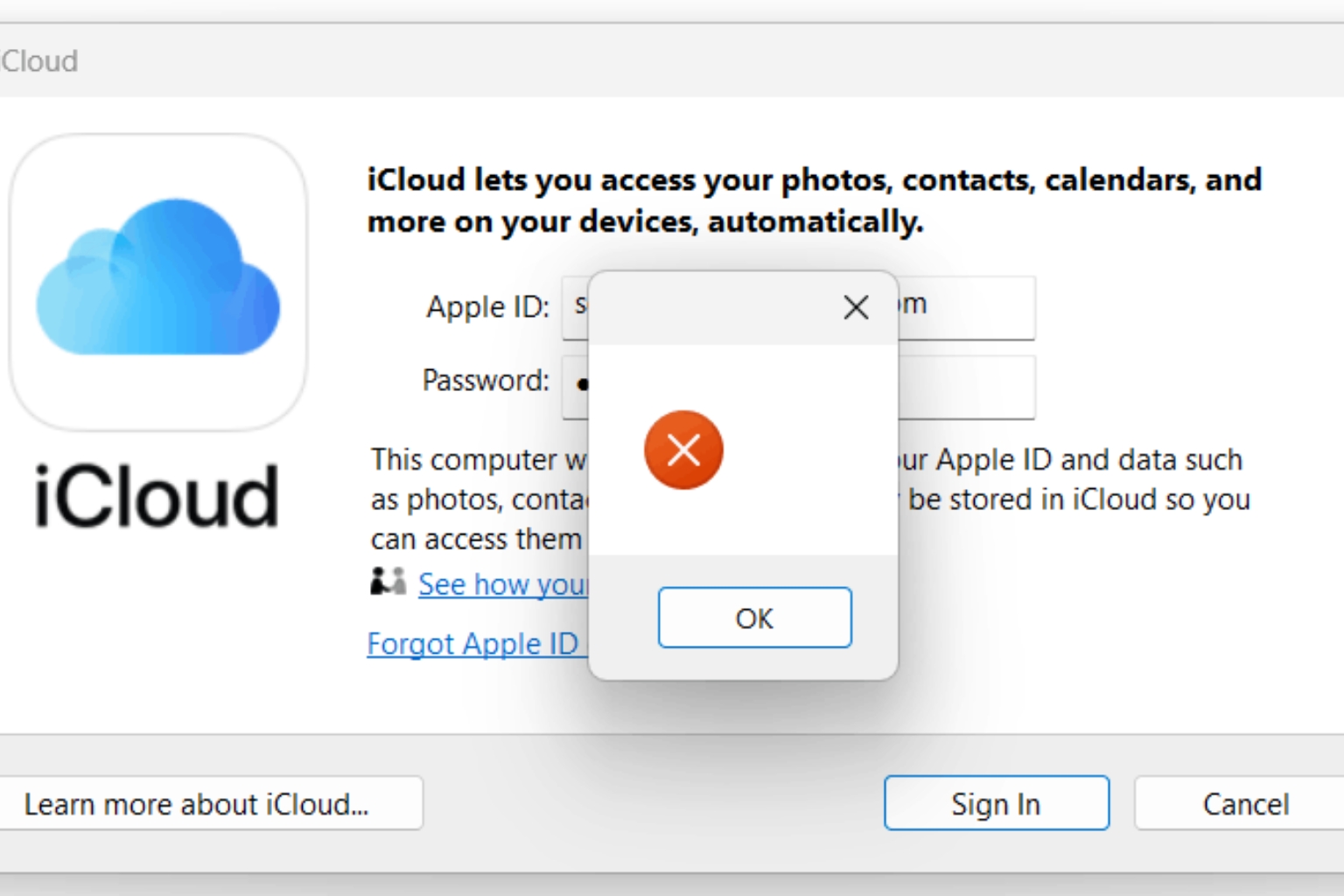If you recently tried to open your iCloud Mail or check your Photos only to see a spinning wheel or error message—you’re not alone. Millions of Apple users around the world were left confused and frustrated as a major iCloud outage brought several essential services to a halt.
From professionals needing access to their iCloud Drive to families trying to back up photos, this unexpected downtime affected people in all kinds of ways. Fortunately, Apple has now restored the services—but here’s what happened, how it impacted users, and what you can do if you’re still having issues.
What Happened to iCloud?
Late last night, users started reporting issues with their iCloud accounts. At first, it seemed like just a few isolated cases, but soon it became clear: there was a global iCloud outage affecting multiple Apple services.
The main problems reported included:
- Not being able to send or receive iCloud Mail
- Missing or incomplete iCloud Photos
- Syncing issues with iCloud Drive
- Devices not backing up properly
- Login failures and slow loading times
For many users, it was especially frustrating because Apple’s system status page didn’t update right away. People took to social media to ask: “Is iCloud is down?”—and the answer, for a few hours, was yes.
Who Was Affected?
While the outage didn’t impact every single Apple user, it was widespread enough to cause concern. Users across North America, Europe, and parts of Asia reported problems. It didn’t matter whether you were on an iPhone, iPad, or Mac—the outage hit all platforms.
What made things even more stressful for some users was the effect it had on work and communication. Professionals using iCloud to store work documents, writers saving notes, and photographers syncing photo libraries all found themselves unable to access important files.
And for those using down iCloud for Windows, the experience was no better. Windows users relying on iCloud integration for photo syncing, email, or calendar management also saw services freeze or stop working altogether.
Apple’s Response
To Apple’s credit, they responded fairly quickly once the problem became apparent. Within a few hours, the company acknowledged the issue and posted updates to its system status page. Apple engineers worked behind the scenes to bring services back online.
By the following morning, most iCloud features—including Mail, Photos, and Drive—were fully restored. Apple hasn’t shared the exact cause of the outage, but based on patterns with previous issues, it’s likely it was related to server-side maintenance or a temporary bug in their cloud infrastructure.
What to Do If iCloud Still Isn’t Working for You
Even though most services have been restored, some users might still be seeing delays or minor glitches. If you’re one of them, here are a few things you can try:
1. Sign Out and Back In
Sometimes, your device needs a little refresh to catch up with Apple’s restored systems. Try signing out of your iCloud account and signing back in. This often helps with syncing problems.
2. Check Apple’s System Status
Go to Apple’s official System Status page and look for any ongoing issues. If all services are green but you’re still having problems, the issue might be specific to your device or account.
3. Restart Your Device
It’s basic, but it works more often than not. A simple restart can reset connections and fix temporary glitches.
4. Update Your Software
Make sure your device is running the latest version of iOS, macOS, or Windows. Software updates often include bug fixes that may resolve syncing issues.
5. Clear iCloud Cache (Windows)
If you’re using iCloud on a Windows machine, clearing the iCloud cache or reinstalling the iCloud app can help resolve any lingering problems caused during the outage.
Lessons From the Outage
This isn’t the first time Apple’s cloud services have gone down, and it probably won’t be the last. So what can we learn from this?
- Always have a backup: Whether it’s an external hard drive, USB stick, or even a third-party cloud storage option, it’s good practice to have a second copy of important files.
- Stay calm: Outages happen to all tech companies—even Apple. It’s frustrating, but panicking doesn’t help. Check updates, follow reliable sources, and wait for official word from Apple.
- Keep your devices updated: A lot of syncing problems stem from outdated software. Keep your iPhone, Mac, and even your down iCloud for Windows software updated.
iCloud in the Bigger Picture
Despite this hiccup, iCloud remains one of the most reliable cloud platforms for personal use. It’s deeply integrated into the Apple ecosystem, and for most people, it works seamlessly—when it’s working.
Apple has continued to invest heavily in iCloud security, speed, and integration. In the future, users can expect even more seamless backups, smarter photo libraries, and smoother sharing across devices. However, this outage reminds us that no system is perfect and being prepared is always a smart move.
Final Thoughts
So, yes—there was a global iCloud outage. But now that iCloud is down no longer, users can breathe a sigh of relief. Mail is sending again, Photos are syncing, and iCloud Drive is back in business.
If you’re still facing issues, take a few of the simple steps above and you’ll likely be up and running in no time. And next time the cloud goes cloudy—remember, you’re not alone, and help is usually just a restart away.











